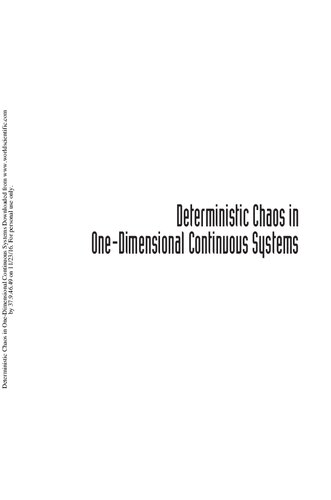

Most ebook files are in PDF format, so you can easily read them using various software such as Foxit Reader or directly on the Google Chrome browser.
Some ebook files are released by publishers in other formats such as .awz, .mobi, .epub, .fb2, etc. You may need to install specific software to read these formats on mobile/PC, such as Calibre.
Please read the tutorial at this link: https://ebookbell.com/faq
We offer FREE conversion to the popular formats you request; however, this may take some time. Therefore, right after payment, please email us, and we will try to provide the service as quickly as possible.
For some exceptional file formats or broken links (if any), please refrain from opening any disputes. Instead, email us first, and we will try to assist within a maximum of 6 hours.
EbookBell Team

4.8
54 reviewsThis book focuses on the computational analysis of nonlinear vibrations of structural members (beams, plates, panels, shells), where the studied dynamical problems can be reduced to the consideration of one spatial variable and time. The reduction is carried out based on a formal mathematical approach aimed at reducing the problems with infinite dimension to finite ones. The process also includes a transition from governing nonlinear partial differential equations to a set of finite number of ordinary differential equations.
Beginning with an overview of the recent results devoted to the analysis and control of nonlinear dynamics of structural members, placing emphasis on stability, buckling, bifurcation and deterministic chaos, simple chaotic systems are briefly discussed. Next, bifurcation and chaotic dynamics of the Euler–Bernoulli and Timoshenko beams including the geometric and physical nonlinearity as well as the elastic–plastic deformations are illustrated. Despite the employed classical numerical analysis of nonlinear phenomena, the various wavelet transforms and the four Lyapunov exponents are used to detect, monitor and possibly control chaos, hyper-chaos, hyper-hyper-chaos and deep chaos exhibited by rectangular plate-strips and cylindrical panels.
The book is intended for post-graduate and doctoral students, applied mathematicians, physicists, teachers and lecturers of universities and companies dealing with a nonlinear dynamical system, as well as theoretically inclined engineers of mechanical and civil engineering.